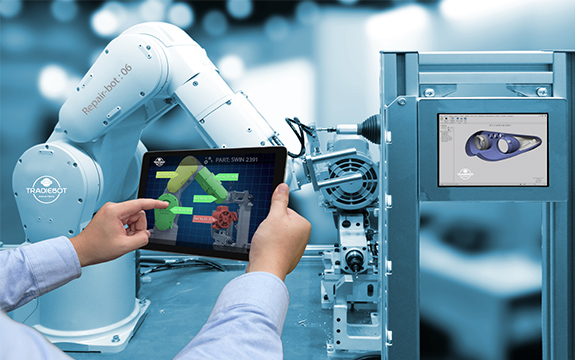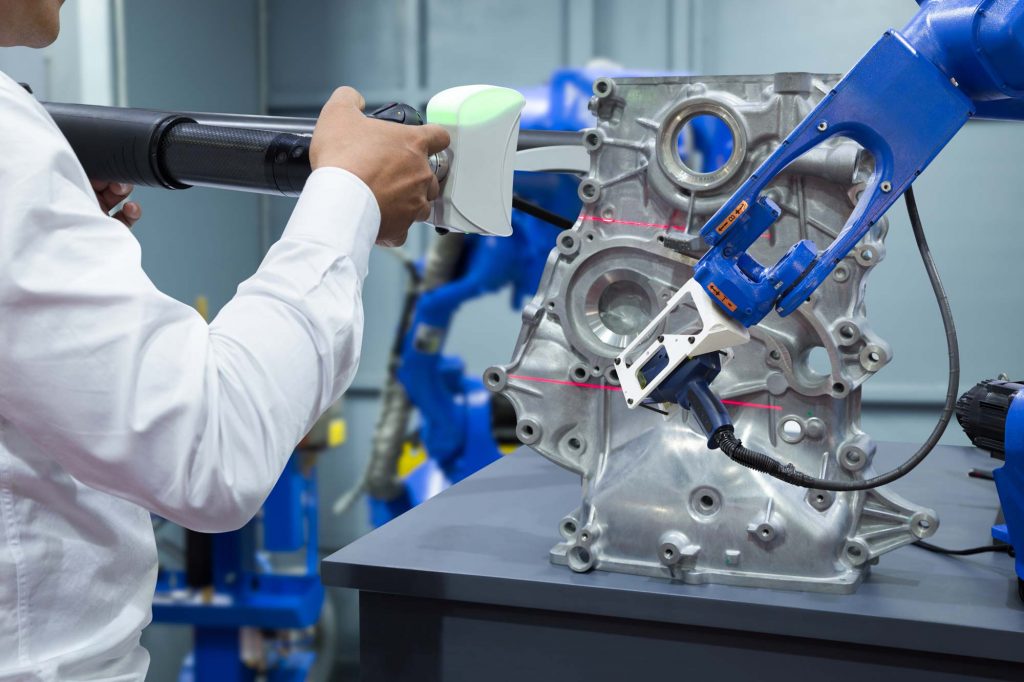Swinburne University of Technology in Melbourne is to spearhead the development of an automated, 3D printed repair service for cars with the Australian, not-for-profit Innovative Manufacturing Cooperative Research Centre (IMCRC) and industrial automation firm Tradiebot Industries.
Funded by a sum of $1,264,695 AUD (approx. $994 thousand USD), project ‘Repair Bot’ will run through 2019. The goal, as outlined by the IMRC, is to “enable a low cost rapid repair service for automotive plastic trim and assembly components” that can be commercially implemented in a same-day fix of vehicles damaged by collisions.
Tradiebot Industries Founder Mario Dimovski comments, “The ability to repair previously non-repairable parts using world-first technology will reduce overall repair times and repair costs,”
“It will also create real and significant export opportunities and has flow-on benefits for the environment by reducing land-fill.”

A Global impact on repairs
In recent years, leading car manufacturers like Mercedez-Benz, Volkswagen, BMW and Daimler, have been introducing 3D printing through digital part inventories and for tooling applications.
By demonstrating the potential to save thousands when matched against traditional machining processes, the Repair Bot project is poised to have a Global impact on the spare parts and repairs industry.
David Chuter CEO and Managing Director of the IMCRC, comments, “This is a unique partnership that explores and invests in advanced manufacturing technologies,”
“It is a great example of how research-led innovation ensures that the Australian automotive repairs industry can meet the challenges and opportunities of the global economy.”
Industry 4.0 digital collaboration
The Repair Bot project system is composed of three parts: 3D scanning, robotics and additive manufacturing. Swinburne and the industrial collaborators will develop appropriate technologies to digitize and analyse large plastic car parts and generate an automatic fix.

Additive manufacturing will be then used to fabricate replacement parts, potentially from fiber-reinforced materials.
3D scanning for analysis and 3D printed part assembly will be conducted in an automated system powered by robotic arms.
As an automated process, Repair Bot is also aligned with Industry 4.0. “Industry 4.0 is all about ways of using digital technologies and connectivity to integrate the value stream,” explains Swinburne senior research fellow Dr. Mats Isaksson.
“In the case of this project, knowledge can be captured regarding design information, supply and logistics, as well as distributed manufacturing capacity.”
Is the Repair Bot project an innovative vision of the future? Nominate the Swinburne University research team, Tradiebot and the IMCRC in the 2018 3D Printing Industry Awards now.
For more information on automation, additive manufacturing and industry 4.0, subscribe to our free 3D Printing Industry newsletter, follow us on Twitter, and like us on Facebook.
Featured image shows a demo of Tradiebot robot car repair. Image via Tradiebot Industries



